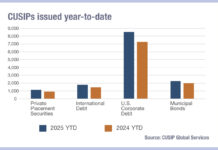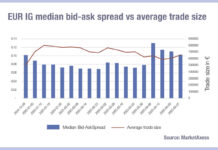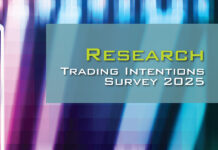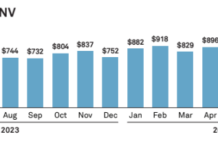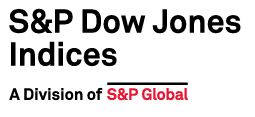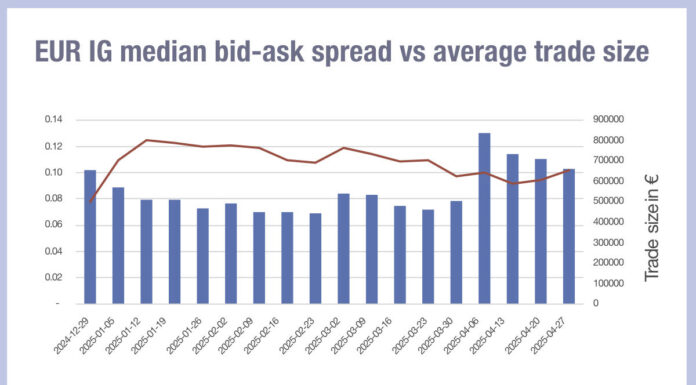In Latin American (LatAm) markets, economic volatility may transfer into market volatility – most notably in Mexico.
In order to manage risk and seize opportunities as directional moves occur, access to anonymous trading, pre-trade data and a range of trading protocols could materially affect execution outcomes.

Maria Calderon, head of LatAm sales at market operator MarketAxess, says, “The investor can rely on e-trading to trade quickly at the best levels, so both transitional and committed investors are seeing that this is the best way of obtaining that ‘in-the-moment’ liquidity.”
Fitch’s recent note on the region flagged that the regional outlook is broadly ‘neutral’, implying that two-way directional flows are likely to be sustained for the rest of 2025, creating strong natural liquidity, yet potentially with tempered volume ahead of any news event due to the relative risks of LatAm debt versus other markets.
Latin American sovereign hard currency issuance totalled US$38.6 billion in the first half of 2025, representing nearly the entirety of debt issued in 2024 and an increase of 54% on the same period last year. As new issuance correlates with additional liquidity, this will have been significantly supportive for traders.
Mexico has seen a good share of that issuance, issuing US$12 billion of debt in July 2025 to support Petroleos Mexicanos (Pemex), two billion more than planned, thanks to oversized investor appetite.
Trading Mexico
Yet traders will need to navigate volatility to a greater degree in Mexico due to several unique dynamics. US policy is directly targeting Mexico and its economy. The trade war is impacting Mexican industry, although it has escaped the worst of US import taxes levied on other markets.
“Mexico remains notably vulnerable to a trade war with the US that will continue to pressure business and consumer confidence and economic growth, affecting bank and non-bank financial institutions (NBFIs), corporates, and asset-backed security (ABS) structures,” writes Fitch Ratings.
“Other countries will also face significantly higher tariffs but with less direct effect. The indirect feedthroughs from slowing global growth, notably in key commodity importers such as the US and China, could be more impactful for the region beyond Mexico.”
US policy on migrants from Mexico is also hitting the flow of capital into the country. Average monthly remittances into Mexico are down between 7-15% year-on-year, having peaked at US$6 billion a month, according to Morgan Stanley data, and one of the bank’s analysts recently noted this could amount to ~0.5% of GDP.
On the upside, unemployment in Mexico is at a record low. Local buy-side liquidity is improving. A change was made to guaranteed monthly pension payments after the 2024 election via accounts managed by privately-run retirement fund administrators, who will now replace 55% of pre-retirement pay, up from 15%. This additional money will reduce consumer spend, but will increase investible assets under management (AUM) via local buy-side capacity for debt and therefore natural liquidity.
With ‘pen risk’ – a sudden US policy shift – able to alter dynamics at any moment, buy-side traders need to assess how they maximise access and minimise signalling.
©Markets Media Europe 2025


